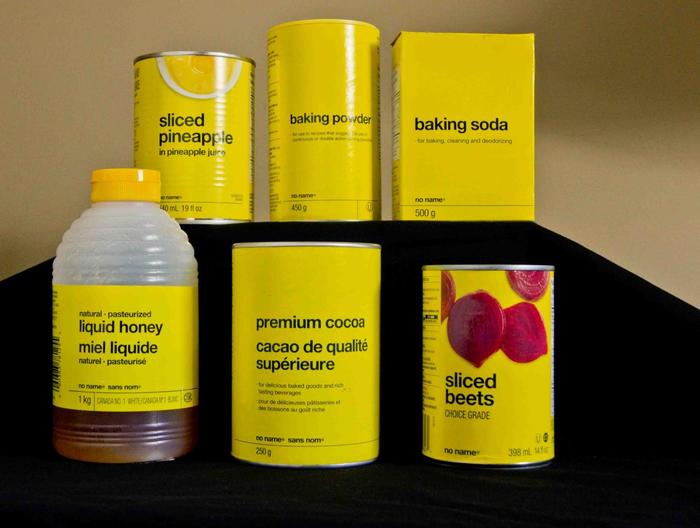It might seem silly, but since so much of The Biondo Group’s work is comprised of working on both Brands and Products, we thought we’d take a look at the latest definitions:
A brand is:
The American Marketing Association defines a brand as a name, term, design, symbol, or any other feature that identifies one seller’s goods or services as distinct from those of other sellers.
Adcracker defines a brand as “the sum of all feelings, thoughts and recognitions — positive and negative — that people in the target audience have about a company, product or service.”
Virtual Business defines a brand as the personification of the organization, its products and services.
The European Brands Association proposes that a “brand is a constant point of reference: a contract, a signpost, a relationship.
A product is:
– An article or substance that is manufactured or refined for sale
– A substance produced during a manufacturing process; “waste products”
– Both tangible (car) and intangible (insurance)
– Artifact, commodity, manufactured article; goods, wares, merchandise, produce
– A commercially manufactured article, viewed in aggregate. “too much product is flooding the market”
– A product is any good, service, or idea that can be offered to a market to satisfy a want or need.*
** Source: Boundless. “Defining Product.” Boundless Marketing. Boundless, 21 Jul. 2015.
As Design Marketers, we see these two components (brand & product) of CPG marketing as the ying and yang of a “goods” persona, neither of them worth much without the other, but when offered together in a strong coherent, relevant package, can have exponential value, greater than the sum of their parts.
That’s the magic of brand marketing, the added value the brand itself brings to a good or service.
A little history:
In the 1970’s CPG marketers tested the limits of brand marketing and the strength of brand vs. product. They did this by launching what were referred to as “generic” products (generic brands?) where the package itself was made purposely to appear “stark/plain/generic” – black type on a bright yellow background, in a word – hideous. Quality communications were wholly lacking and if the presentation was any indication of the quality of the product – it was poor.
In comparison to a generic brand, store “Private Label” brands looked great. No longer was the lowly store brand on the lowest rung of the brand hierarchy.
Generic products were offered in nearly every product category –from cigarettes to canned fruit. Customers have recalled of the “Generic Aisle” in the supermarket, “Right in the middle of the colorful and vibrant store was this blank and lifeless space. I’d swear even the Muzak sounded a little sadder, a little more hollow.”. Another shopper recalls, “They call it No Name and it is that – the No Name logo and a yellow or white box/can/container/bag with lettering of what the product is. Very rarely a picture.”
By the late 1970’s America was exhausted from its struggling economy and the ups and downs of the oil/gas crisis and things slowly improved. As national morale and the economy improved, consumers associated the generic goods as being from that tough economic time and as such, avoided them if they could.
No one wanted to be reminded that times had been tough and the Generic Brands were certainly associated with that time. The Generic Brands began to fade as consumers had the discretionary income to buy “name brands” again.
The Generic/No Name/ No Brand aisle was indeed a sad place, and it was only reluctantly that a shopper would venture there. It’s no surprise that as soon as America could move away from this strata of product, it would. The Reagan era ushered in a healthy economic state, and with it the demise of generic brands.
As the economy improved and public sentiment became more positive, the resurgence of big brands and their promise of quality became the platform for launching many new branded offerings in the 1980’s.
Ah yes, the 80’s!
-sb
TAGS
marketing, design, sales, new business, clients, content, business strategy, communications, product packaging, branding, brand identity,

